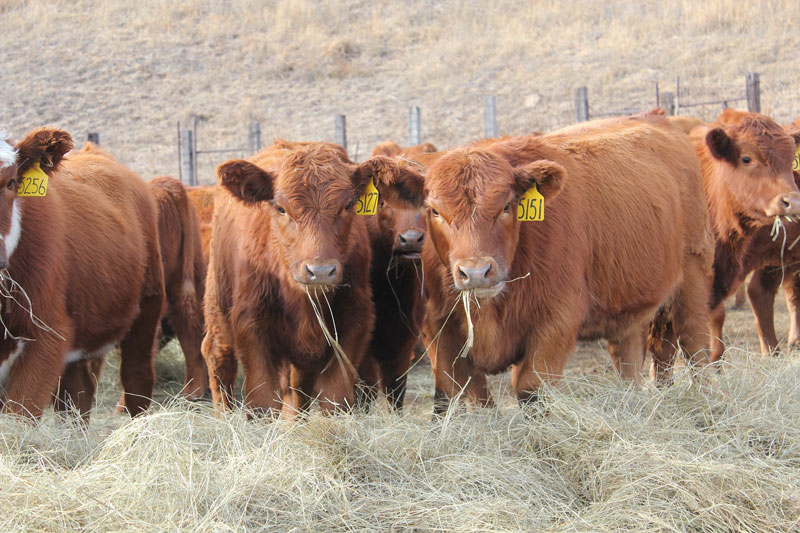Nebraska BQA: Preconditioning and Weaning Preparation

Listen to a discussion of the content in this article on this episode of the BeefWatch podcast. You can subscribe to new episodes in iTunes or paste http://feeds.feedburner.com/unlbeefwatch into your podcast app.
Cow-calf producers are nearing weaning time of their 2017 calf crop, with current market and industry trends, producers should be considering and preparing for preconditioning or weaning programs. It is important to consider the best programs for the health of calves during these stressful periods and into the feeding phases.
Preconditioning is designed to mitigate stress that occurs during the transitional period between weaning and going on feed or moving into the next production cycle. The typical preconditioning program involves a health protocol of vaccinations administered 21-30 days prior to weaning. The basic concept of preconditioning programs is to boost the calf’s health status or immune system prior to exposure to stressors and pathogens as the calves enter that next production cycle. Preconditioning has also been shown to improve efficiency, as well as, reduce the risk and cost of treatment for health diagnosis after weaning. Nebraska Extension NebGuide G2248, Economic Considerations for Preconditioning Calves for Feedlots, can assist producers that are considering preconditioning for their operations.
The first step in developing a preconditioning or weaning program should be to consult with your veterinarian under a Veterinarian-Client-Patient Relationship (VCPR). Working with your veterinarian will ensure a program designed specifically for your operation goals, and addressing the potential pathogens or parasites the animals might encounter. The recommended preconditioning or weaning protocol from the University of Nebraska Great Plains Veterinary Education Center includes a four-way BRD viral (IBR, BVD, PI3, and BRSV), BRD bacterial (at least Mannheimia Hemolytica), and clostridial (Blackleg) vaccinations. It is also important to follow Beef Quality Assurance (BQA) guidelines by reading product labels to ensure proper handling, storage, and administration of these products.
With the changes in feeding medicated feeds through the Veterinary Feed Directive (VFD), preparation before weaning is important. Producers should consult with their veterinarian to review not only vaccination protocols but also treatment protocols for health issues that may have a high risk of occurring in the coming months. Documented treatment protocols can ensure proper treatment of illness or lameness diagnosis. If the protocol calls for treatment with a feed grade antibiotic, producers must have a written order or VFD signed by their veterinarian with appropriate copies for the feed supplier and themselves, prior to administering these type of products. Some of these VFDs can be in place prior to actual health risk occurring for prevention or control, in addition to treatment. VFD information can be found on the BQA website.
Weaning is a major stress in a calf’s life and on their immune system. As producers, it is our responsibility to develop the best vaccination and treatment programs to ensure the health, care and wellbeing of these calves. Preparation can help in making this transition less stressful on livestock and producers.
